LIVE: Gaza braces for Storm Byron with hundreds of thousands in tents
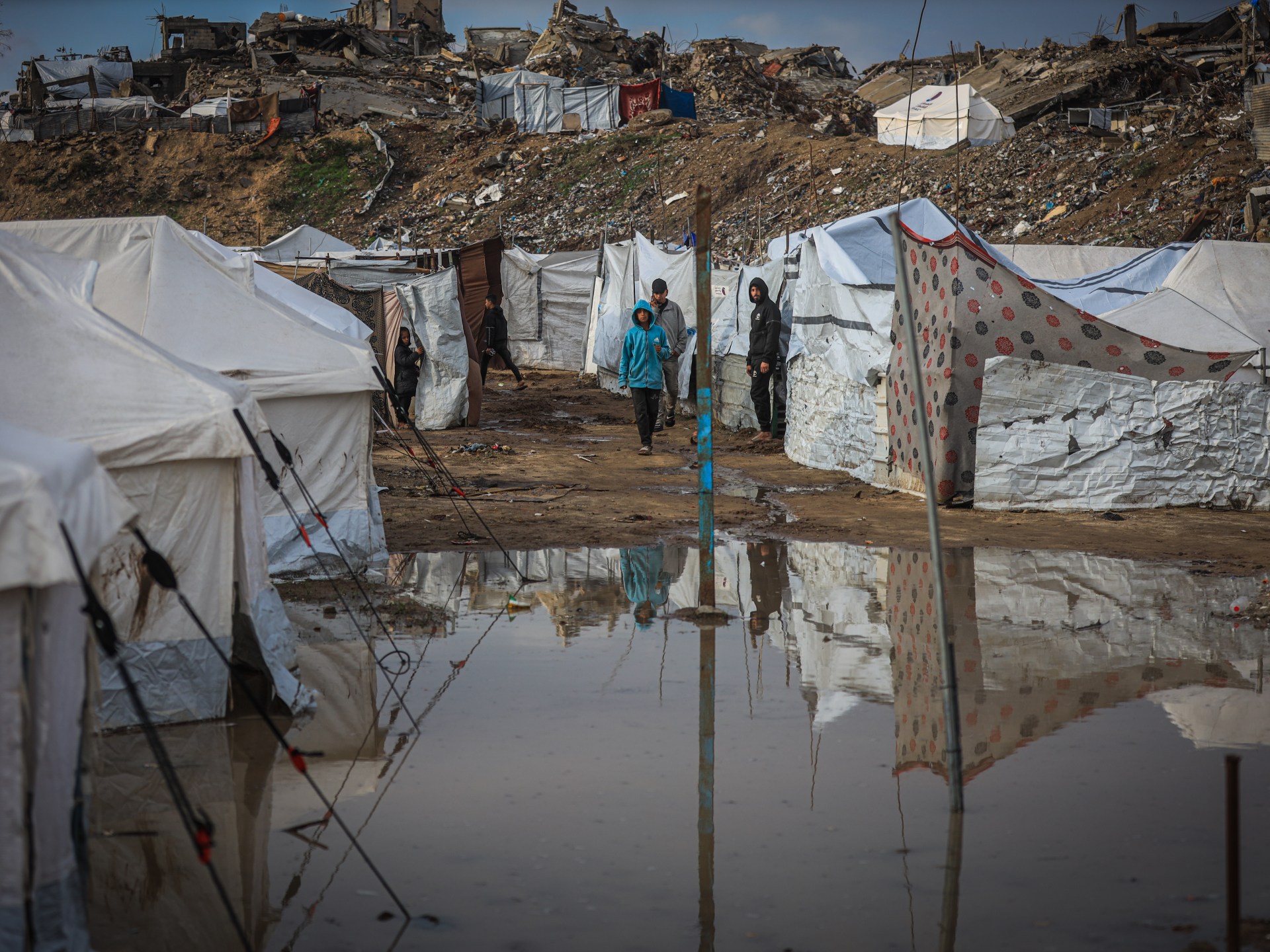

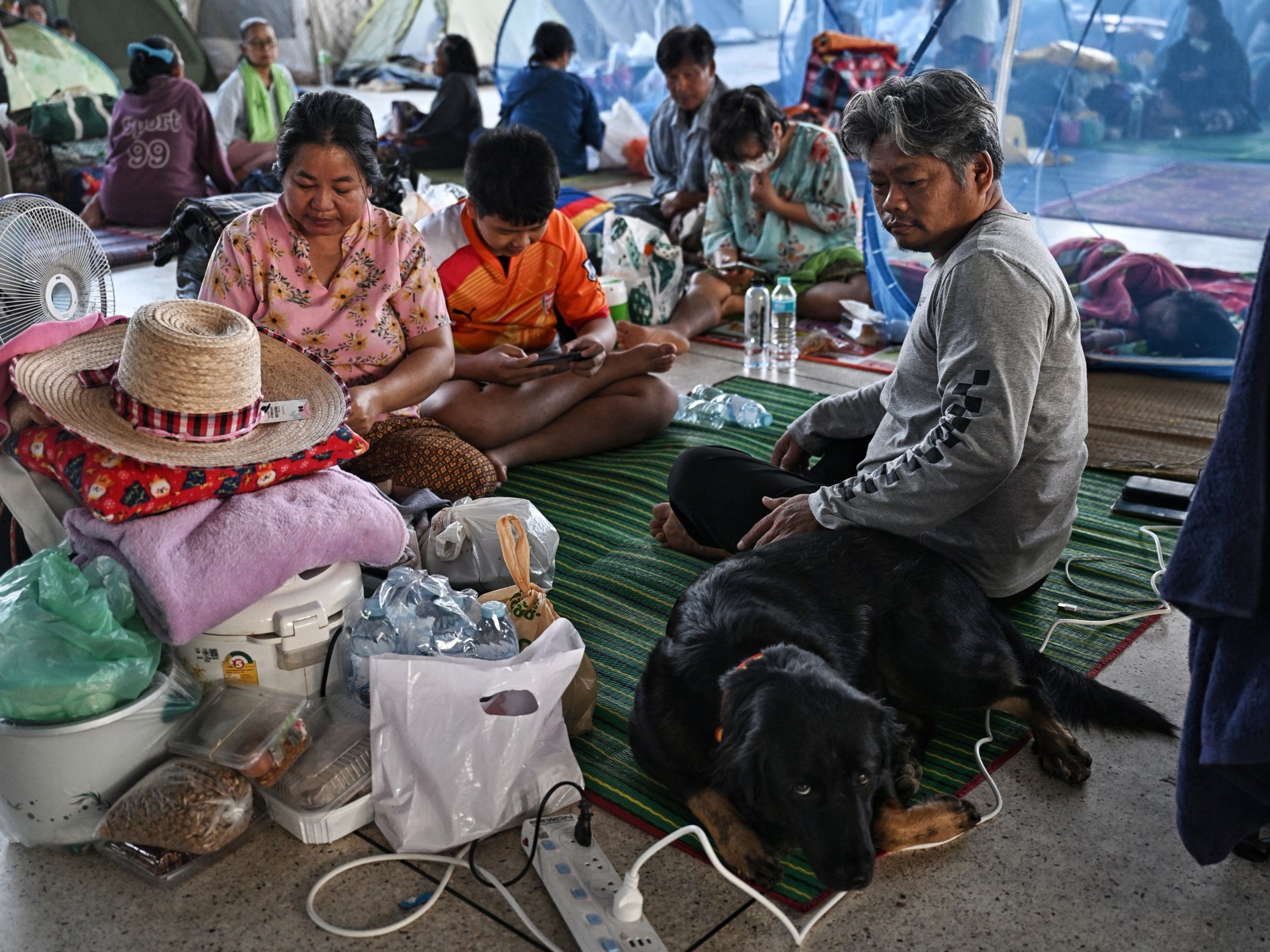
Half a million evacuees in Cambodia and Thailand are sheltering in pagodas, schools and other safe havens after fleeing a renewed eruption of fighting in a century-old border dispute.
At least 13 people, including Thai soldiers and Cambodian civilians, have been killed in the latest spate of fighting, now in its third day on Wednesday, officials said, while more than 500,000 have fled border regions where jets, tanks and drones are waging battle.
The Southeast Asian neighbours dispute the colonial-era demarcation of their 800-kilometre (500-mile) frontier, where competing claims to historic temples have spilled over into armed conflict.
This week’s clashes are the deadliest since five days of fighting in July, which killed dozens and displaced about 300,000 people before a shaky truce was agreed.
Both sides blame each other for instigating the renewed conflict, which on Tuesday expanded to five provinces in both Thailand and Cambodia.
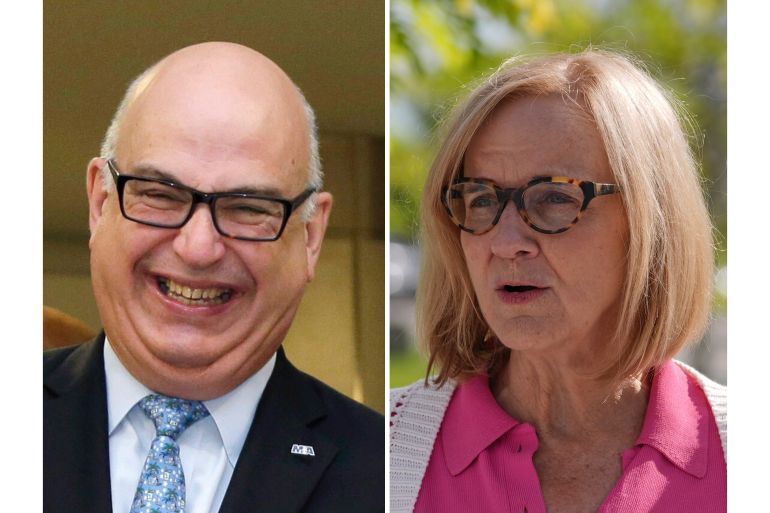
Miami voters on Tuesday elected Democrat Eileen Higgins as mayor, ending a nearly three-decade dry spell for her party after she defeated a Republican endorsed by Donald Trump in the predominantly Hispanic city.
While the election was officially nonpartisan, the race took on national significance, pitting Higgins against Republican Emilio Gonzalez, a former Miami city manager, in a contest closely watched by both parties.
list of 1 itemend of list
The win comes in the wake of recent electoral success achieved by the Democratic Party ahead of next year’s midterm elections.
Here is what we know:
Higgins led Republican Gonzalez 59 percent to 41 percent on Tuesday night, according to preliminary results from the Miami-Dade County Supervisor of Elections Office. She is the first woman ever elected as mayor in the city.
She won Tuesday’s run-off after leading the first round of voting on November 4 with 35 percent of the vote to Gonzalez’s 19 percent.
“Tonight, the people of Miami made history,” Higgins said in a statement. “Together, we turned the page on years of chaos and corruption and opened the door to a new era for our city.”
Higgins’ victory adds to a run of recent Democratic wins, including races in New Jersey and Virginia, as the party looks towards the 2026 midterms. That trend continued with strong results in November’s off-year elections and a solid showing in this month’s special House race in Tennessee.
While Miami’s mayor wields limited formal power, the role is highly symbolic, representing a city with a large Latino population at the centre of national immigration debates.
Home to roughly half a million residents, Miami is Florida’s second-most populous city after Jacksonville. In recent election cycles, it has shifted towards Republicans, making a Democratic win stand out even more. Trump had won Miami-Dade County in the 2024 presidential election against her Democratic rival Kamala Harris.
Hispanic or Latino residents make up roughly 70 percent of Miami’s population. In Miami-Dade County overall, about 69–70 percent of residents identify as Hispanic or Latino – a demographic majority that significantly shapes the region’s cultural and political identity.
Miami Mayor
Fully reported unofficial results:
🔵 Eileen Higgins – 21,550 (59.3%)
🔴 Emilio Gonzalez – 14,799 (40.7%)⬅️ 19% swing left from the 2024 presidential election pic.twitter.com/nwnrCnn7Gr
Immigration was a key issue in Higgins’ campaign.
In Miami, she often talked about Donald Trump’s immigration crackdown, saying she heard from residents who were worried about family members being detained. She described the election as a referendum on the president’s policies, which have caused concerns about due process.
More than 200,000 people have been arrested since Trump launched the crackdown on migrants in January. At least 75,000 people, who were arrested as part of Trump’s fight against gang members and criminals, had no criminal records, according to new data. He has deported hundreds of migrants and halted asylum and green card applications.
The Trump administration had also ordered the arrest of several students who participated in protests against Israel’s genocidal war on Gaza. Several of them have since been released by the courts.
The difference between the candidates was clear during a debate last month. Higgins called immigration enforcement in Miami “cruel and inhumane” and criticised the detention centre opened by Florida Governor Ron DeSantis, commonly known as “Alligator Alcatraz”.
In that same debate, her opponent, Gonzalez, said he supported federal law enforcement rounding up “people who commit crimes”.
“I support putting down migrant criminals, I cannot in good conscience fight with the federal government and defend a rapist or a murderer,” Gonzalez added.
Higgins repeated her message in an interview with El Pais this week, drawing a sharp contrast with Trump’s approach.
“He and I have very different points of view on how we should treat our residents, many of whom are immigrants,” she said.
“That is the strength of this community. We are an immigrant-based place. That’s our uniqueness. That’s what makes us special.”
Affordability was also a major issue in the race. Higgins focused her campaign on local concerns such as housing costs, while Gonzalez campaigned on repealing Miami’s homestead property tax and streamlining business permits.
“My opponent is keen on building, building, building,” Gonzalez told CNN. “She wants to put a skyscraper in every corner … then calling it affordable housing, which is a misnomer, because very rarely is it truly affordable.”
During a speech in Pennsylvania on Tuesday, Trump raised the issue of affordability, which Democrats have highlighted. He blamed high prices on his predecessor, Joe Biden.
The cost of living has been on the election campaign agenda in recent gubernatorial and mayoral elections in which Democrats have made gains, including the much-publicised New York mayoral election. The Democratic wins show that the issue has resonated with voters.
🚨Miami polls are now OPEN!🚨
Time to VOTE and bring a new era of good governance, true affordability, and putting families first over special interests.
Let’s go, Miami! 🇺🇸🌴 pic.twitter.com/AHVCIohCFj
Higgins is Miami’s first non-Hispanic mayor in nearly three decades. Born in Ohio and raised in Albuquerque, New Mexico, she earned a Bachelor of Science in mechanical engineering from the University of New Mexico and later completed an MBA at Cornell University.
Before becoming mayor, Higgins represented a politically conservative district that includes Little Havana, the city’s well-known Cuban enclave.
She has embraced the nickname “La Gringa,” a term commonly used in Spanish to refer to white Americans.
Her professional background spans international development and consulting, with a focus on infrastructure and transportation projects across Latin America. She later served as Peace Corps country director in Belize and went on to work as a foreign service officer for the United States Department of State, where her portfolio included diplomatic and economic development efforts in countries such as Mexico and South Africa.
After her government service, Higgins returned to the private sector before eventually entering local politics in Miami.
With her runoff victory tonight, Eileen Higgins will be Miami’s next mayor—the first woman in the city’s history and the first Democrat in nearly 30 years elected to the office.
Congrats, Mayor-elect! pic.twitter.com/lSyZ087Xvc
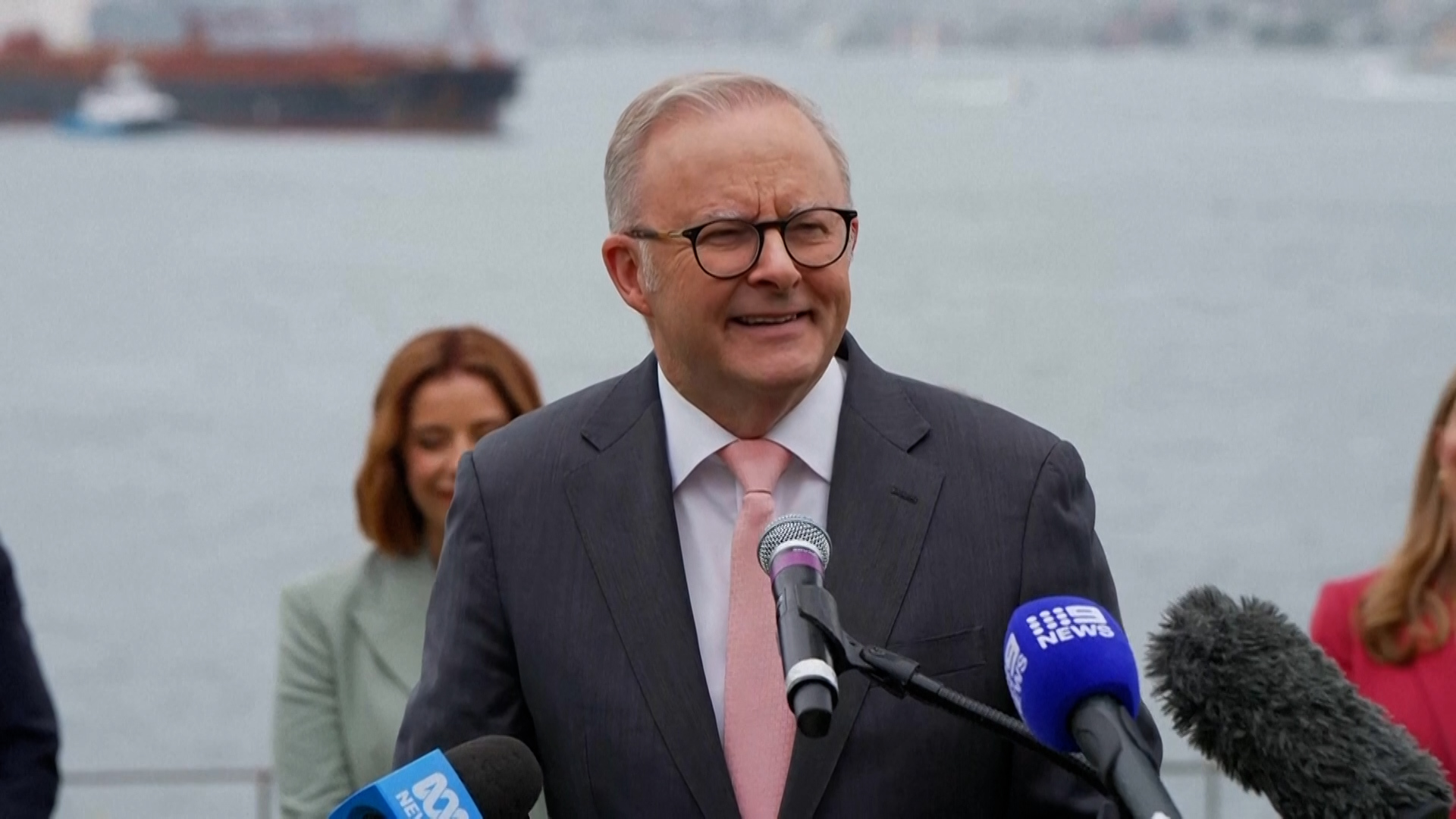
Australia’s Prime Minister Anthony Albanese was joined by 12-year-old campaigner Florence Brodribb at an event to welcome the start of Australia’s world-first ban on social media for under-16s.
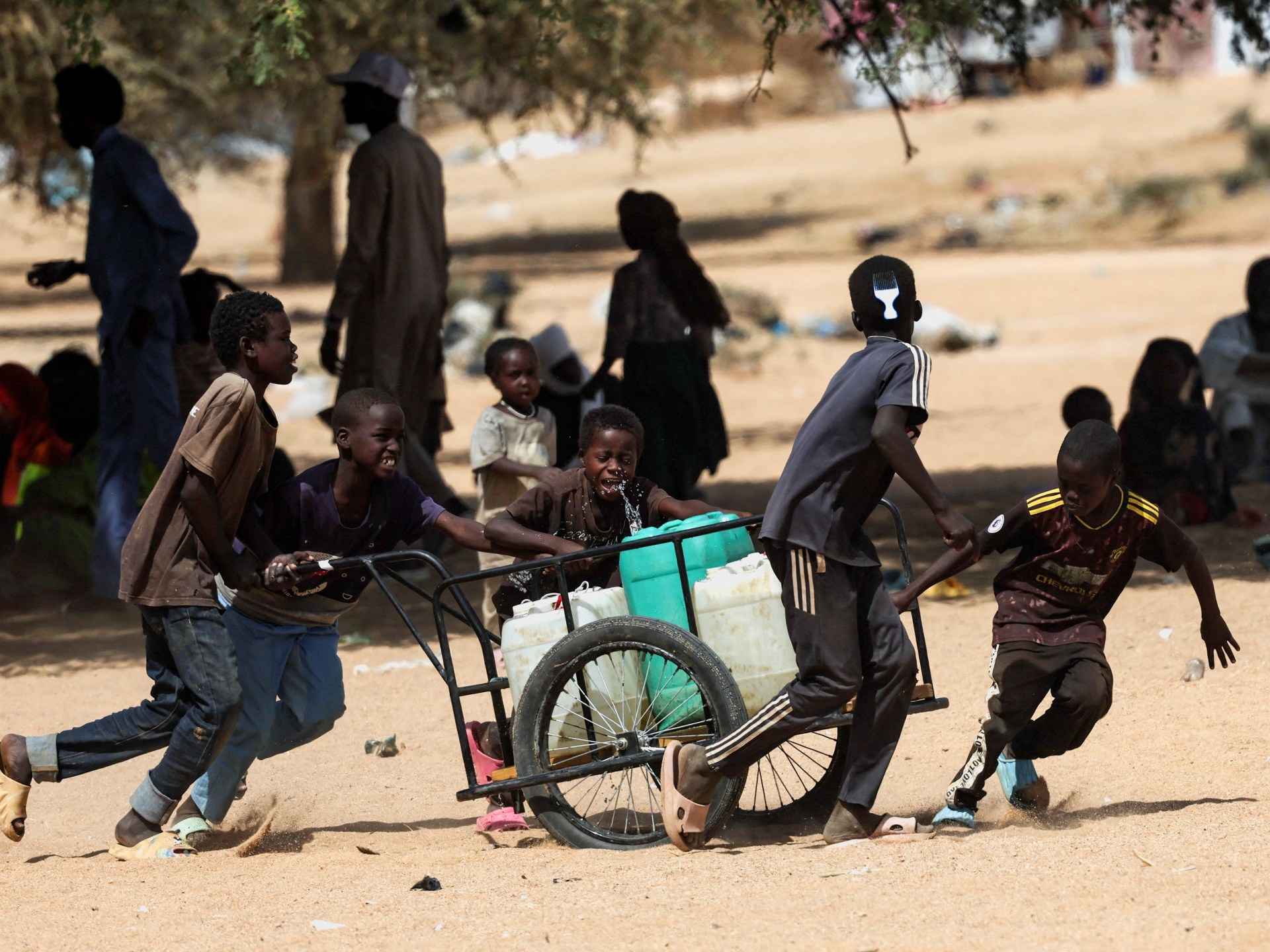
A military transport aircraft has gone down while attempting to land at an airbase in eastern Sudan, killing all the crew members in the war-ravaged nation.
An Ilyushin Il-76 crashed on Tuesday as it approached the Osman Digna airbase in Port Sudan, near the city’s main airport, two military sources told the AFP news agency, citing a technical malfunction during the landing attempt.
list of 3 itemsend of list
All crew members on board were killed, though the government-aligned Sudanese Armed Forces (SAF) has not disclosed how many people were on the plane.
The last major incident at the airbase occurred in May, when drones struck multiple sites across Port Sudan, including the airfield.
The incident comes as SAF faces mounting losses across the country’s central regions.
On Monday, the Rapid Support Forces (RSF) seized control of the Heglig oilfield, Sudan’s largest oil facility, in West Kordofan province after SAF abandoned their positions, according to the Sudan Tribune.
Military sources told Al Jazeera on Tuesday that the army was also withdrawing from Babnusa in West Kordofan, a strategic gateway that the RSF said it had taken control of in early December.
The loss of Heglig delivers a significant blow to the military-aligned government’s revenue streams. The facility processes between 80,000 and 100,000 barrels of crude oil daily for Sudan and South Sudan, and the pipeline to Port Sudan runs through it.
Ahmed Ibrahim, a former adviser to the Sudanese government, told Al Jazeera on Tuesday that the attack on Heglig was part of an RSF effort to drag South Sudan, where a fragile truce between the country’s dominant forces has only barely held, into the war on its side.
The conflict’s epicentre has shifted to the Kordofan region following el-Fasher’s fall last month, which the United Nations has described as a “crime scene”. RSF gains across the central region now threaten to bisect the country, potentially isolating army-held territory and consolidating paramilitary control over a continuous stretch from Chad to the country’s heartland.
The same day as the plane crash, the United States imposed sanctions on four Colombian nationals and four companies accused of recruiting hundreds of military veterans to fight for the RSF.
However, the sanctions did not target Global Security Services Group, a company in the United Arab Emirates, which, a November report by The Sentry, a United States-based investigative organisation that tracks conflict financing, identified as arranging the deployment of Colombian mercenaries to Sudan.
The UAE has consistently denied providing support to the RSF.
Also on Tuesday, the International Criminal Court (ICC) sentenced Ali Kushayb, a former leader of the Popular Defence Forces (also known as Janjaweed) militia, to 20 years in prison for war crimes and crimes against humanity committed in Darfur between 2003 and 2004.
The conviction marks the first time the ICC has prosecuted crimes in Darfur, a region now witnessing renewed mass atrocities as the RSF, which traces its origins to the Janjaweed, advances across western and central Sudan.
The conflict has killed tens of thousands since April 2023 and displaced more than 12 million people.
The World Food Programme warns that 20 million people face acute food shortages, with six million on the brink of starvation.
Writing for Al Jazeera, Javid Abdelmoneim, international president of Doctors Without Borders (also known by its French initials MSF), warned that the world must not accept “a new normal” of mass atrocities in Sudan.
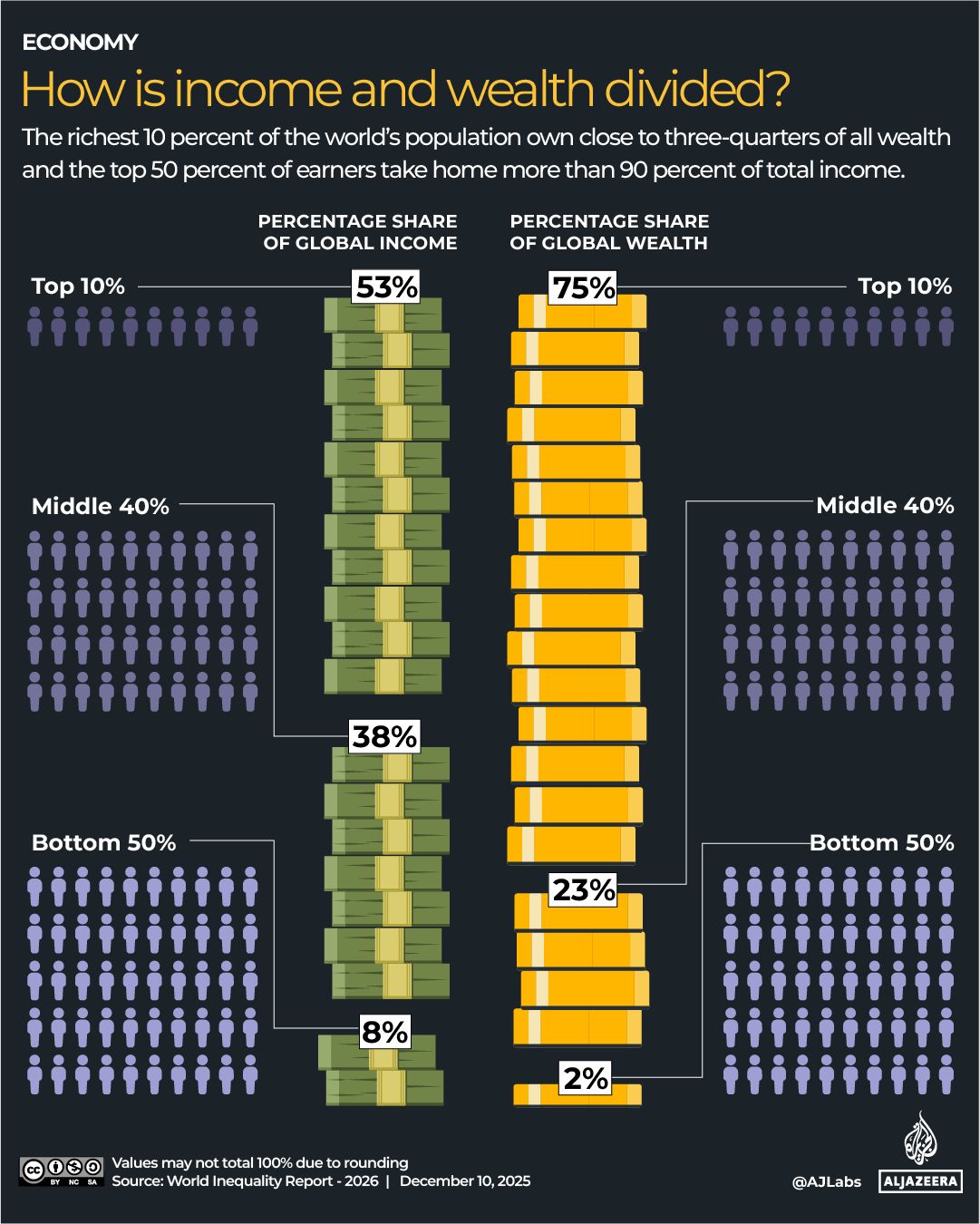
The richest 10 percent of the world’s population now owns three-quarters of all personal wealth, according to the newly released World Inequality Report 2026.
Income is not much different, where the top 50 percent of earners take home more than 90 percent, while the poorest half of the world receives less than 10 percent of total income.
The report, which has been published annually since 2018, notes that the 2026 edition arrives at a critical time. Worldwide, living standards are stagnating for many, while wealth and power are increasingly concentrated at the top.
Wealth and income levels do not always go hand in hand. The wealthiest are not necessarily the highest earners, highlighting the persistent divide between what people earn and what they own.
Wealth includes the total value of a person’s assets-such as savings, investments or property, after subtracting their debts.
In 2025, the wealthiest 10 percent of the world’s population owned 75 percent of global wealth, the middle 40 percent held 23 percent, and the bottom half controlled only 2 percent.
Since the 1990s, the wealth of billionaires and centi-millionaires has grown by about 8 percent each year, almost twice the rate of the bottom half of the world’s population.
The wealthiest 0.001 percent – fewer than 60,000 multimillionaires – now control three times more wealth than half of humanity. Their share has climbed from almost 4 percent in 1995 to more than 6 percent today.
The poorest have made small gains, but these are overshadowed by the rapid accumulation at the very top, resulting in a world where a tiny minority holds extraordinary financial power, while billions still struggle for basic economic security.
Income is measured using pre-tax earnings, after accounting for pension and unemployment insurance contributions.
In 2025, the richest 10 percent of the world received 53 percent of global income, the middle 40 percent received 38 percent, and the bottom 50 percent earned just 8 percent.
For example, if the world comprised 10 people and total global income was $100, then the richest person would receive $53, the next four people would collectively earn $38, and the remaining five people would divide $8 among them.
Inequality looks very different around the world. A person’s birthplace remains one of the strongest factors in determining how much they earn and the wealth they can build. However, the regions also include poor and wealthy countries, and figures in the report are averages.
In 2025, the average wealth of people in North America and Oceania, which the report has grouped together, stood at 338 percent of the world’s average, making it the wealthiest region globally. Income share stood at 290 percent of the world’s average, also the highest in the world.
Europe and East Asia followed, remaining above the world average, while vast parts of sub-Saharan Africa, South Asia, Latin America and the Middle East remained far below the global average.

Global inequality paints a stark picture, but the scale of wealth and income gaps can vary widely from one country to another. While some nations show slightly more balanced distributions, others reveal extreme concentration of wealth in the hands of a few.
South Africa has the highest levels of income inequality in the world. The top 10 percent earn 66 percent of total income, while the bottom half receives only 6 percent.
Latin American countries such as Brazil, Mexico, Chile and Colombia show a similar trend, where the richest 10 percent receive nearly 60 percent of earnings.
European countries offer a more balanced picture. In Sweden and Norway, the bottom 50 percent earn about 25 percent of total income, while the top 10 percent receive less than 30 percent.
Many developed economies, including Australia, Canada, Germany, Japan and the United Kingdom, fall in the middle. The top 10 percent earn roughly 33-47 percent of total income, while the bottom half takes 16-21 percent.
In Asia, income distribution is mixed. Countries like Bangladesh and China have a more balanced structure, whereas India, Thailand, and Turkiye remain top-heavy, with the richest 10 percent earning more than half of all income.
The table below shows where income is divided most unequally.
When it comes to wealth inequality, once again, South Africa tops the list. The top 10 percent control 85 percent of personal wealth, leaving the bottom 50 percent with negative shares – meaning their debt exceeds assets.
Russia, Mexico, Brazil and Colombia show a similar pattern, with the richest grabbing 70 percent or more, while the poorest receive barely 2–3 percent.
European countries such as Italy, Denmark, Norway and the Netherlands are relatively more balanced. Here, the middle 40 percent capture about 45 percent, and the bottom half takes a slightly larger share, though the top 10 percent still dominate. However, Sweden and Poland’s bottom 50 percent have negative shares in wealth.
Even wealthy nations like the United States, UK, Australia, and Japan are far from equal. The top 10 percent earn more than half of the total income, while the bottom half is left with just 1–5 percent.